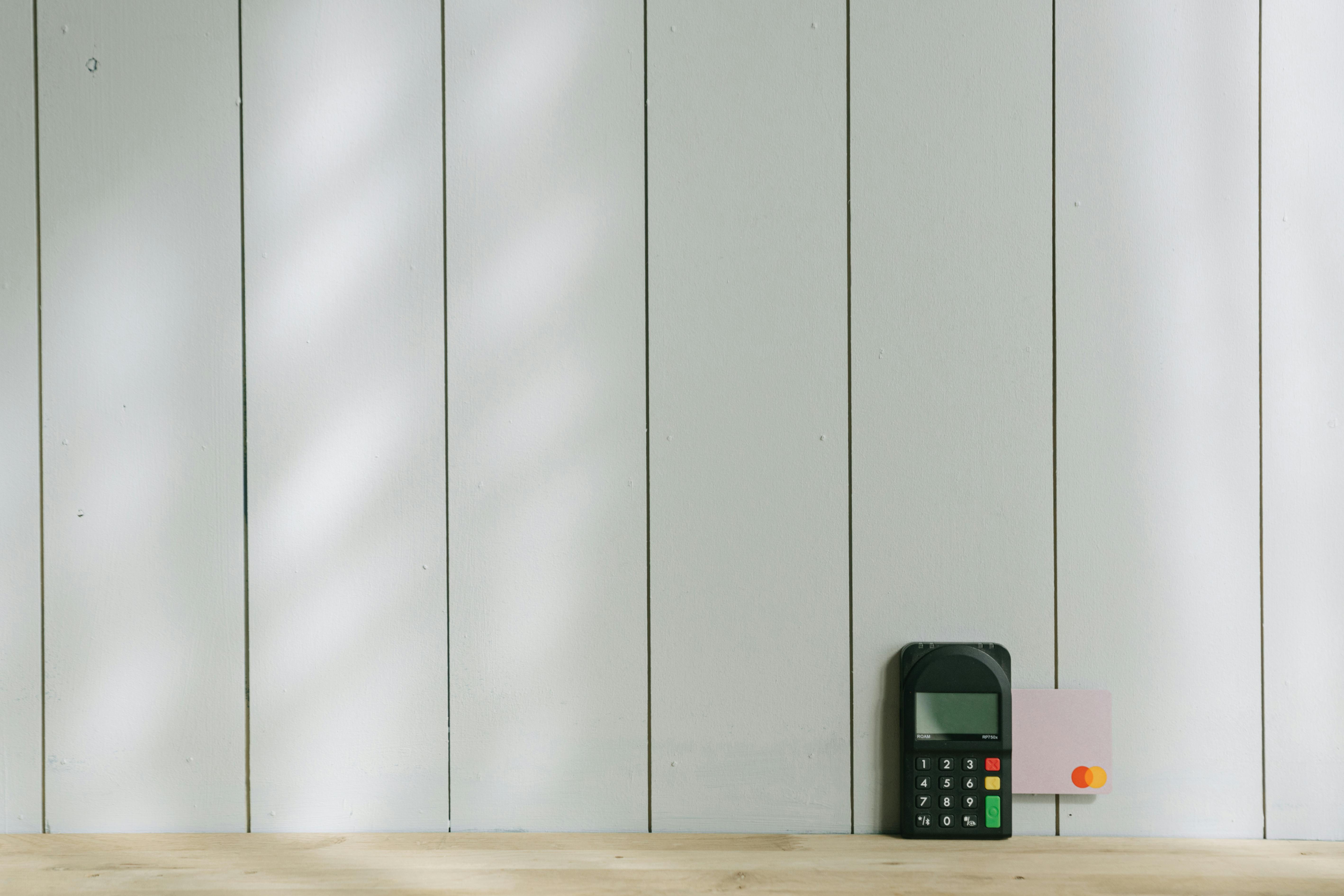
Essential Guide to Smoking Pork Butt: Achieve Tender Perfection in 2025!
Smoking pork butt can be a thrilling culinary adventure, elevating your barbecue skills to new heights. This comprehensive guide will delve into the intricacies of how long to smoke pork butt, helping you achieve that tender, flavorful result that defines great barbecue. For both novices and seasoned grill masters, this guide covers all essential aspects, including cooking times, temperatures, preparations, and the best techniques to elevate your smoked pork butt experience.
Pork Butt Cooking Time Breakdown
Understanding the pork butt cooking time is crucial for achieving that melt-in-your-mouth tenderness. When it comes to smoking pork butt, factors like the size of the cut, the smoker's temperature, and the cooking method significantly affect the duration. On average, most experts suggest an ideal smoking time of around 1.5 to 2 hours per pound when operating at a consistent smoking temperature of about 225°F. For instance, a 7-pound pork butt could take anywhere from 10 to 14 hours to smoke fully. However, many pitmasters recommend checking for signs of doneness rather than solely relying on cooking time.
Pork Butt Smoking Chart
A detailed pork butt smoking chart can help guide you throughout the process. Here are some general estimates to consider:
- 225°F: Approximately 1.5 to 2 hours per pound.
- 250°F: Approximately 1 to 1.5 hours per pound.
- 275°F: Approximately 1 to 1.25 hours per pound.
Using a chart not only simplifies timing estimates, but it also enhances time management for smoking. As with any meat smoking, remember that individual results may vary. Always measure internal temperatures with a digital thermometer to ensure perfect doneness.
Cooking Pork Butt Low and Slow
The traditional low and slow method emphasizes the importance of patience. Cooking pork butt at lower temperatures allows the collagen and fat in the meat to break down gradually, resulting in remarkable tenderness. This method is particularly effective for larger cuts like pork butt, leading to a flavorful bark development as the spices penetrate the meat. Crucially, maintaining a consistent smoking temperature while cooking is essential for replicating excellent results over time.
Choosing the Right Wood and Seasoning
Choosing the best wood for smoking pork butt is elemental to infusing smoky flavors into your meat. Whether you're using hickory, apple, or cherry wood, each type of wood brings its unique flavor profile, significantly affecting the final taste. Hickory is renowned for its strong, bold flavors, while fruity woods like apple and cherry impart a sweeter, milder taste. Mixing wood varieties can also enhance complexity, making for a delectable smoked pork experience.
Smoked Pork Butt Rubs and Marinades
Before smoking, take the time to prepare your pork butt with a well-crafted rub or marinade. Seasoning blends often contain a mixture of sugar, salt, herbs, and spices, and they can be adjusted according to personal preferences. Common inclusions are smoked paprika, garlic powder, and brown sugar. Moreover, consider injecting seasoning into the meat for deeper flavor infusion methods. The day before smoking, marinating your pork butt allows the seasoning to permeate the meat fully, thereby elevating your smoked pork results.
Foiling Techniques and Bark Development
Once the pork butt reaches an internal temperature of about 160°F, a common practice is to wrap the butt in foil or butcher paper to speed up the cooking process, a method known as the “Texas crutch.” This technique helps retain moisture and temperature, but it can impede bark development—an important aspect of a well-smoked butt. Selecting when and how to wrap is vital. If achieving optimum bark is your goal, it may be beneficial to unwrap it in the final hour of cooking.
Managing Temperature and Signs of Doneness
Monitoring your smoker temperature and the pork butt’s internal temperature is vital for achieving optimal results. The target internal temperature for pork butt is around 195°F to 205°F. At this range, the meat will easily pull apart and be incredibly tender. Using a digital thermometer is among the best practices for smoking pork butt as it allows for accurate readings without losing heat by opening the smoker too frequently.
Common Mistakes When Smoking Pork Butt
Avoiding the pitfalls of smoking pork butt can dramatically impact your results. Common mistakes include not allowing the meat to rest adequately after cooking—at least 30 minutes is usually sufficient. This is crucial for juices to redistribute throughout the meat. Another frequent oversight is not maintaining a consistent temperature; fluctuations can result in uneven cooking. Furthermore, overly rushing through the smoking process—getting impatient—can leave you with less than stellar results.
Pork Butt vs. Pork Shoulder: What’s the Difference?
While often used interchangeably, understanding the pork butt vs. pork shoulder distinction aids in your culinary journey. Pork butt, coming from the upper part of the shoulder, is well-marbled and tends to be more desirable for smoking due to its fat content. Pork shoulder, on the other hand, also yields delicious meat but can be a tougher cut due to its composition. Choosing between the two depends largely on personal preference and intended recipe, underscoring the importance of knowing your meats.
Smoked Pork Butt Serving Suggestions and Storage
After achieving perfect smoked pork butt, serving suggestions can vary widely. Traditional serving options include pulled pork sandwiches topped with coleslaw or barbecue sauce. For a unique twist, try serving your pork buddy alongside sweet potatoes and grilled vegetables. Regardless of how you serve it, pairing sauces with your smoked pork can elevate the meal even further.
How to Handle Leftover Smoked Pork Butt
Properly storing leftover smoked pork is essential to maintain flavor and texture. Always refrigerate leftovers within two hours of cooking, and store in airtight containers. Leftover smoked pork can be delightful in various meals, including tacos, burritos, or even salads, providing fantastic versatility. Remember to reheat your leftovers low and slow to preserve moisture for the best dining experience.
Pork Butt Serving Temperatures
For safety and optimal enjoyment, serve your smoked pork butt at about 195°F. Using a food thermometer ensures accurate serving temperatures. Integrating these recommendations into your smoking process will not only enhance your skills but will also impress your family and friends at the next gathering.
Key Takeaways
- Understanding pork butt cooking time is key—average about 1.5 to 2 hours per pound at 225°F.
- Choosing the right wood types and formulation of rubs can greatly enhance flavors.
- Pork butt must rest after cooking, and the ideal target temperature for doneness is 195°F to 205°F.
- Paying attention to cooking methods, and common mistakes can improve your outcomes significantly.
- Leftover smoked pork is versatile—be creative with storage and meal planning!
FAQ
1. What is the ideal smoking temperature for pork butt?
The best smoking temperature for pork butt is generally around 225°F. This ensures a low and slow cooking process, maximizing flavor and tenderness. Higher temperatures can yield quicker cooking times but may compromise flavor and moisture.
2. How long to rest pork butt after cooking?
After cooking, it is important to allow the pork butt to rest for at least 30 minutes. This resting period enables the juices to redistribute throughout the meat, resulting in better moisture retention and flavor during slicing or shredding.
3. Can I smoke pork butt overnight?
Yes, many enthusiasts opt to smoke pork butt overnight. Adjust your smoker setup carefully, ensuring a steady temperature and ample wood supply to maintain smoke levels for the entire duration. Just make sure you’re monitoring it regularly to avoid fluctuations!
4. What are common pitfalls when smoking pork butt?
Common pitfalls include not allowing the meat to rest, temperature fluctuations during cooking, and rushing the smoking process. Avoiding these errors will help achieve more flavorful and tender results.
5. What side dishes pair well with smoked pork butt?
Popular sides for smoked pork butt include coleslaw, baked beans, cornbread, or potato salad. These dishes complement the smoky flavors while adding balance to your meal, enhancing your overall dining experience.
6. How should I store leftover smoked pork butt?
To store leftover smoked pork butt, refrigerate it in airtight containers within two hours after cooking. Proper storage preserves flavor and keeps your leftover pork tasty for up to 4 days. Reheating should be done slowly to maintain moisture.
7. What is the difference in cooking times between smoking pork butt at 225°F and 250°F?
When smoking pork butt at 225°F, you can estimate around 1.5 to 2 hours per pound, while at 250°F, the cooking time is approximately 1 to 1.5 hours per pound. Lower temperatures yield greater tenderness.
With this essential guide, smoking pork butt in 2025 can be your crowning barbecue achievement. Armed with the right knowledge and techniques, you are well on your way to smoky perfection!

